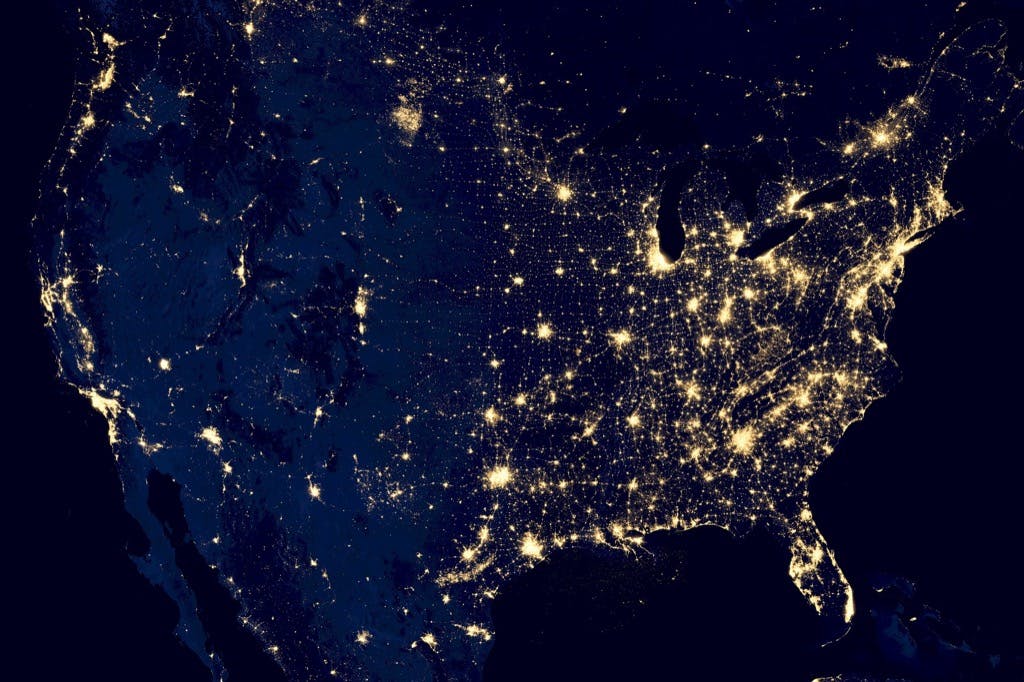10 Key Facts and Statistics About Overpopulation

Overpopulation is more than just about numbers. There are several factors involved including improved medical care, a reduced mortality rate, and available resources. The concept of an over-populated country is such that the number of people exceeds the capacity of available resources to sustain the population without adverse environmental impacts.
How to Calculate Overpopulation
Environmental impact of a population can be defined by multiplying the number of people contributing to impacts by the per capita consumption of resources and the resultant waste generated, by the available technology contributing to efficient use and disposal of resources. The formula was provided in the paper “Impact of Population Growth” in the journal Science in 1971.

Statistics on Overpopulation
There is, however, more than meets the eye with overpopulation, and here are 10 facts that provide a clearer picture.
1. Life expectancy contributes to overpopulation. In 2016, the World Health Organization reported that the worldwide life expectancy for babies born in 2015 increased by five years since 2000, to 71.4 years. Women in Japan can expect to live 86.8 years on average. In the United States, the average for women is 79 years and for men, it is 74 years. The numbers represent a 35-year increase over 100 years – more people living longer means a larger population.
2. One billion people were born in 12 years. The population of the entire world increased by that much between 1999 and 2011. Developing countries represent the largest areas of growth, and are where there are the fewest resources to support them.
3. There were more than 125 million births in 2014. Assuming the same rate of fertility, another 625 million people will be born by the time those babies are of school age. That means a lot of job opportunities for teachers in the coming years.
4. During the 20th century, the U.S. population tripled. However, there was a 17-fold increase in raw materials consumption. The number of people in the country continues to grow by about 3,000 every twenty minutes. The population of the United States is growing at a rate of more than 2 million people per year.
5. The population of the United States will double in 100 years at the current rate. To put that in a political perspective, a House of Representatives member represented 34,000 people in 1790. It now represents over 735,000 individuals each. Therefore, on a per capita basis, representation of the public American Democracy is diluted.
6. Where better employment, education, and medical resources are available, overcrowding is shifting populations to where resource shortages become more likely. Population density is the issue, although the overall number of people on a larger scale is the same.
7. Population growth and an increase in energy usage are correlated. For example, there was a 41.7 percent increase in the nation’s population between 1974 and 2007 (210,839,000 to 301,621,000), according to a Federation for American Immigration Reform (FAIR) report. The amount of energy consumed increased 37.1 percent (75.81 to 101.54 quadrillion BTUs consumed), leading to a rise in the number of fuel spills and release of greenhouse gases. This has affected waterways throughout the country and has caused the degradation of natural habitats.
8. Zoning and planning provide cities with little ability to slow their growth, and urban crowding and sprawl continue across the country. Government programs to slow mass immigration have better potential, based on numbers from the FAIR. While increases in population growth are considered drivers of economic growth by some, the organization also points to productivity, innovation, and other factors in Europe and Japan that have proven otherwise.
9. The United Nations predicts the world population will reach 11 billion by the end of the 21st century, and possibly level off. This is just one of three projections by the UN. It also says a greater decline in fertility than expected could trigger a population decline to about 7 billion, or less of a fertility decline can yield a higher rate of growth, to a world population of about 16.5 billion.
10. Urbanization and migration are accelerating throughout the world. By 2007, more people were living in cities than in rural locations for the first time. The UN predicts that 66 percent of people on Earth will be living in cities by 2050. This and other trends may have profound impacts on economic development, income distribution, poverty, and access to important resources.
Green practices can help avert the shortages in water and food, as well as the access to the necessary resources.
Sources: Fairus.org, Conserve Energy Future, Post Consumers, UNFPA.org, WHO, World Population Balance, Census, Science
